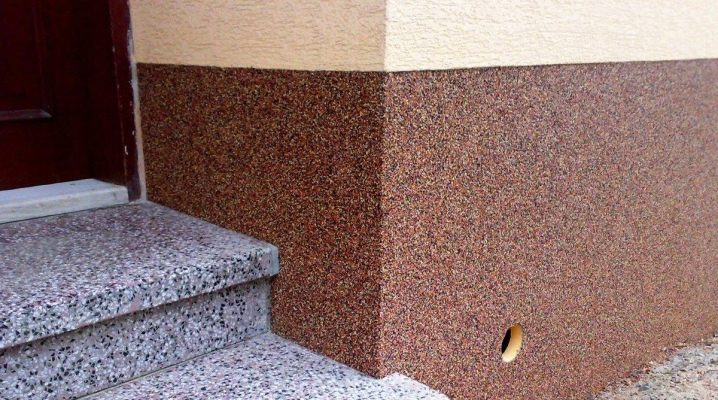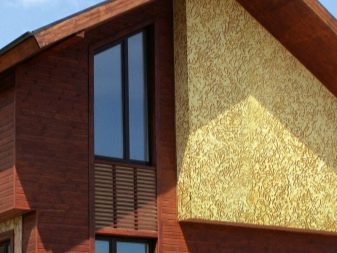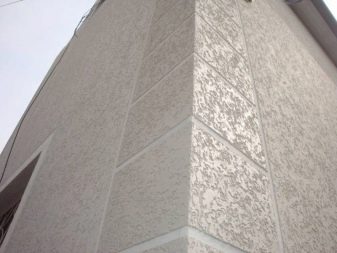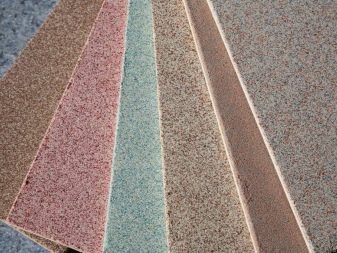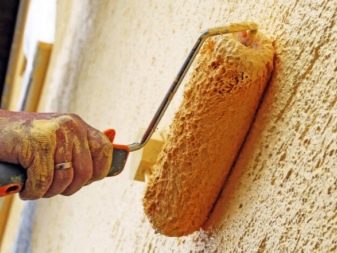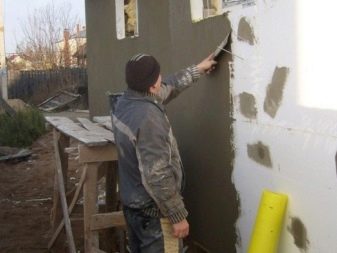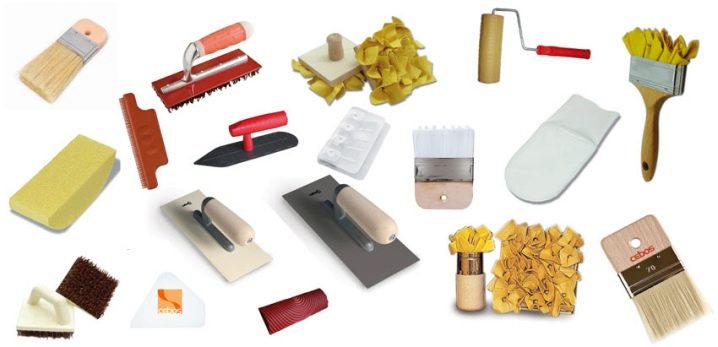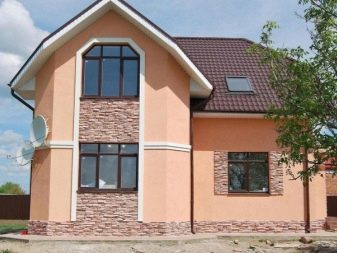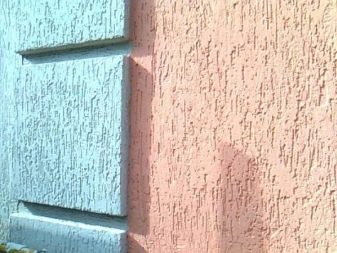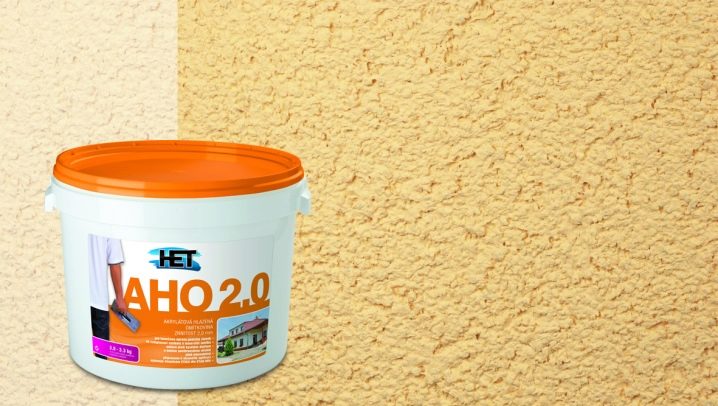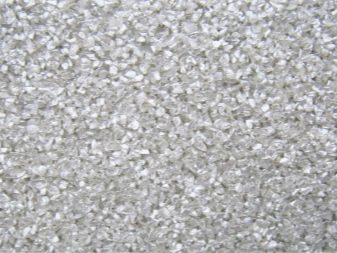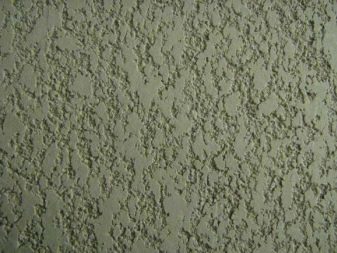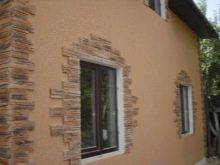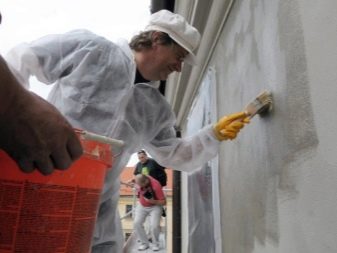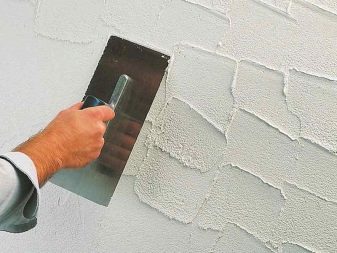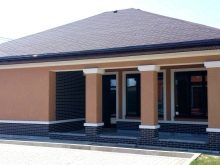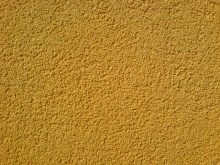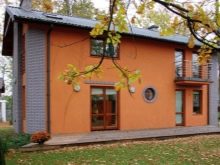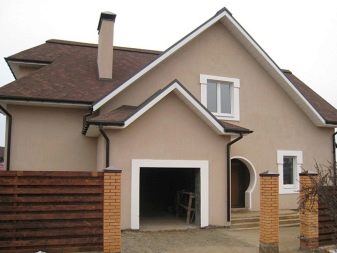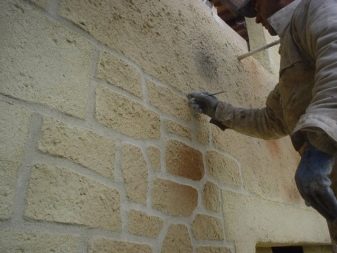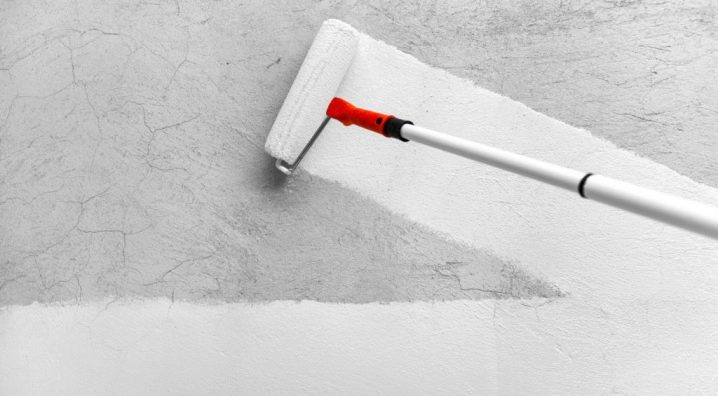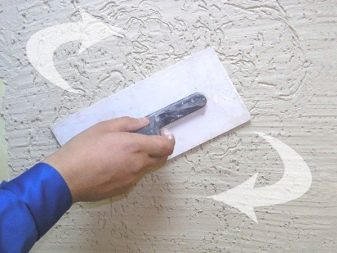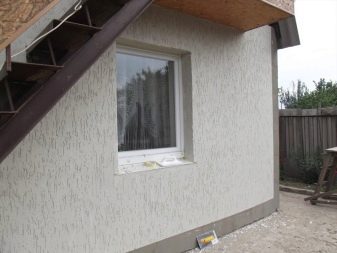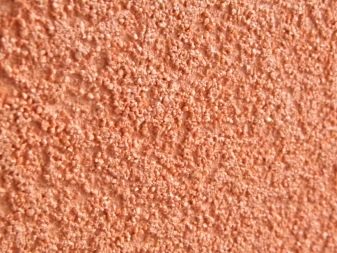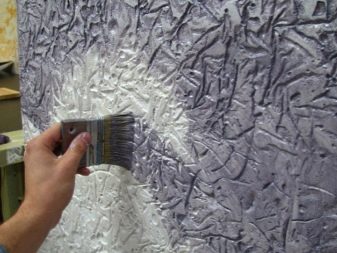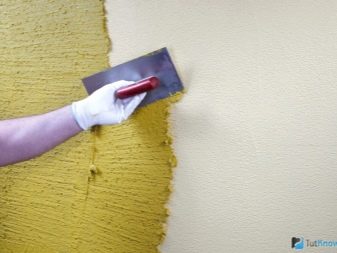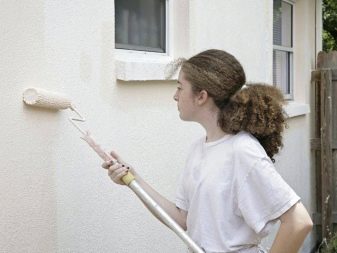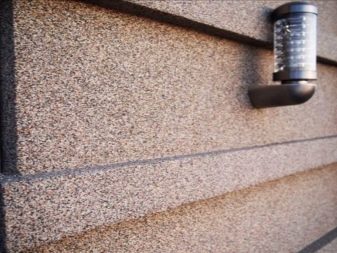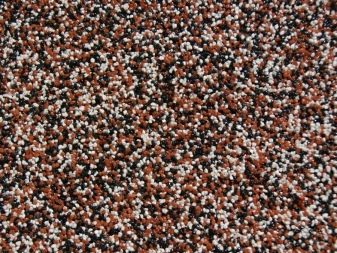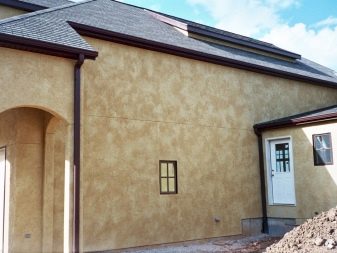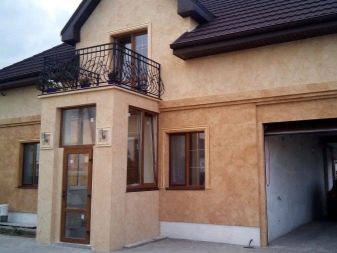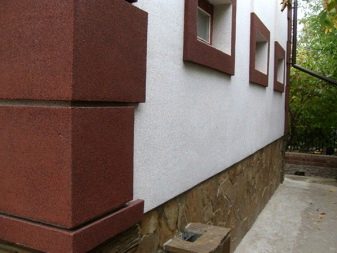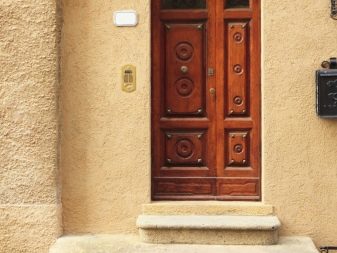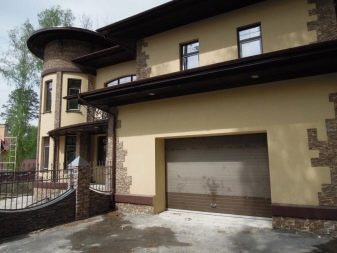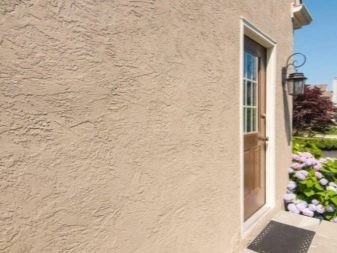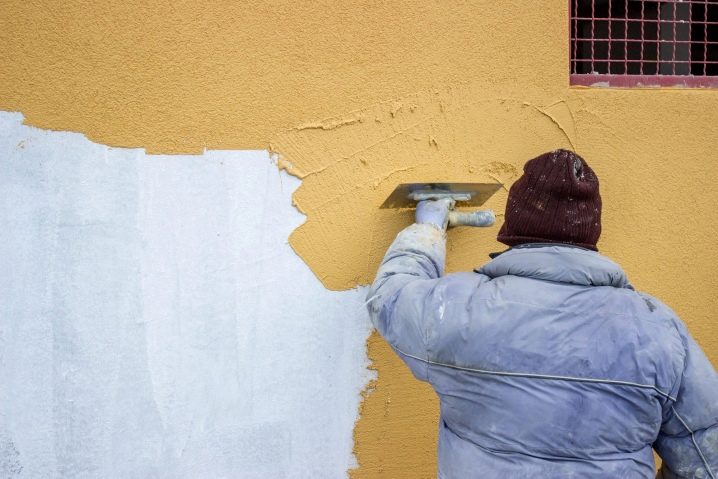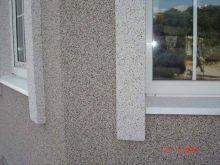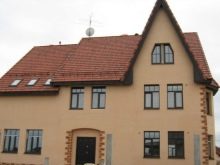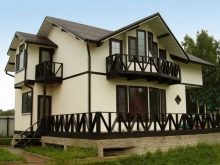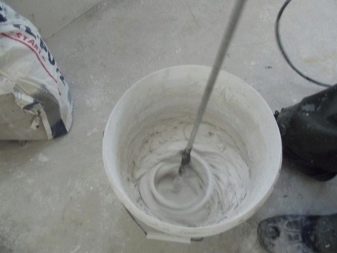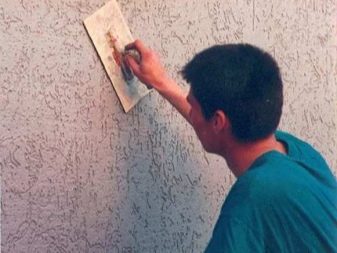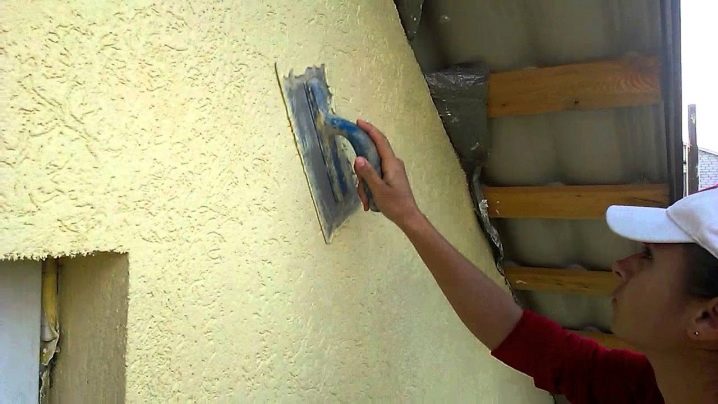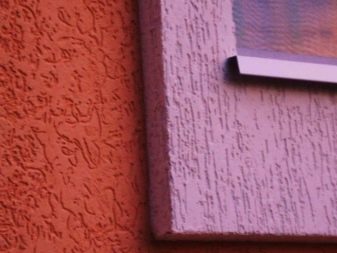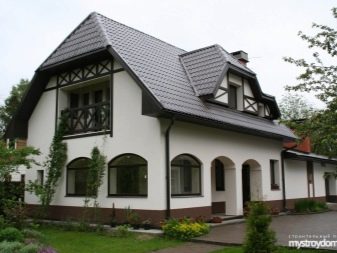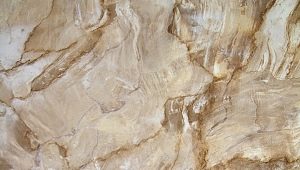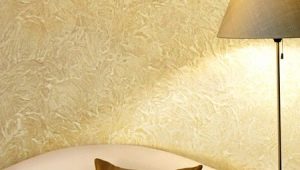Facade decorative plaster: the pros and cons
To date, decorative plaster is the most popular option for upgrading the facades of buildings. Only a couple of decades ago, this building material was used to be made for other purposes and was not decorative. But in modern times, facade plaster has become loved not only by designers, but also by private customers, thanks to its versatility, practicality and durability.
Special features
Before purchasing facade decorative plaster, you need to pay attention to a few points.
- Manufacturers on the market. Each company offers a specific composition, which has a special purpose.
- Characteristics of the composition of a facade material.
- The method of preparation and storage of the mixture. Many manufacturers sell finished plastering materials, but they are more expensive than dry ones.Before buying an economy version of a dry mix, make sure that buying the necessary materials for breeding does not turn out to be more expensive.
- Technical features of different types of plaster.
- Ways of drawing and work with these materials.
- The surface on which you will apply the plaster must meet the requirements of this material.
An important point in the repair of the facade is the technology of plastering. Let's see what recommendations need to be followed in order for everything to be done correctly.
The base on which the facade plaster will be applied must be smooth, strong, clean and without cracks.
In order for the treated surface to meet these requirements, it is necessary to carry out preliminary repair work:
- level the walls with rough plaster and sand, without leaving any dust on the surface;
- seal up all cracks, pits, repel large protrusions;
- process the wall with an antibacterial agent so that molds do not develop in the future;
- then you need to cover the surface with a primer mixture, which contributes to a better adhesion of the wall with the facade decorative plaster.
Tools must comply with the type of repair work. That is why you should not neglect their acquisition.
You will need the following:
- Metal grater. With this tool impose a decorative plaster mixture on the surface.
- A metal trowel is needed to lay the mixture on the grater.
- The filament roller is needed for pre-treatment of the wall with a primer mixture.
- A narrow flat brush is necessary for priming hard-to-reach places.
- Metal capacity is needed for the breeding and storage of material. A plastic bucket with water should be close by in order to rinse the tools while working.
- Low-speed drill with a special nozzle that will mix the solution.
- Masking tape will be needed for sealing windows and doors. This is necessary to prevent their pollution.
Kinds
Modern manufacturers offer a wide variety of options for exterior decorative plaster to their customers. It is important to know what a particular species is, and also why it is better to use it. Let's look at the description and characteristics of plaster mixes.
Acrylic plaster - It is a synthetic building material, based on the manufacture of which are acrylic resins.
Benefits:
- easily superimposed on curved walls;
- has excellent adhesion properties;
- acrylic plaster is one of the most moisture resistant materials;
- easy to use;
- presented in rich colors;
- biocidal additives protect the coating from the appearance of mold fungi;
- sold as a finished solution.
Disadvantages:
- acrylic resin is combustible;
- drying speed too high;
- reduced breathability.
Silicate plaster Manufactured from potash glass and sodium silicates. These substances are steamed in an autoclave, forming liquid glass.
Benefits:
- this mixture is an absolutely environmentally friendly product;
- high breathability;
- elastic material;
- duration of operation;
- high material resistance to various influences;
- the ability to apply the mixture on mineral wool;
- perfectly repels water;
- sold as a finished composition.
Disadvantages:
- poor color gamut;
- the material quickly hardens, so certain skills are needed to work with it.
Mineral plasters made on the basis of cement.
Benefits:
- high strength;
- long resistance to abrasion;
- the mixture is not prone to fire;
- It is not deformed due to the influence of any factors, be it a mechanical shock, temperature drops or high humidity;
- the ability to use the material on the walls insulated with polystyrene foam;
- high breathability;
- One of the most economical options for plaster mixes, except for those mineral species, to which marble aggregates or spangles are added.
Disadvantages:
- weak resilience to various influences;
- dry mix, for its cultivation it is necessary to have some tools, for example, a drill with a special nozzle;
- necessary pre-treatment of the working surface.
Silicone plaster - This is a synthetic type of material based on resins.
Benefits:
- waterproof material;
- excellent elasticity;
- long service life;
- good resistance to mechanical stress;
- excellent adhesion to other bases;
- high breathability;
- ease of care;
- ease of application;
- the ability to create all kinds of forms;
- large color variety;
- The pigment of silicone plaster is resistant to UV light.
Disadvantages:
- high cost of material;
- Preliminary priming of a working surface is necessary.
For facade plaster is important not only quality but also a variety of textures of the material. Over the years, one of the most popular of its species is the "Bark Beetle". This material for facade decoration contains particles up to 5 mm in size, resembling grains or small pebbles. Such plaster is applied in circular or vertical movements.
Also popular "pebble" texture of the material - "lamb", "fur coat", "goose skin". This mixture is composed of many small stones of the same shape and size.
Ordinary decorative plaster is not less demanded. With the help of special brushes or rollers you can create different textures on its surface. This mixture is more like a homogeneous mass, which consists of very small particles.That is why the advantage of such a material is that it can be applied by spraying.
Mosaic facade plaster is used mainly to cover the plinths of buildings. The composition of this type includes transparent resins, marble chips, sand from quartz.
Venetian street plaster is an excellent option for decoration of the facade of the building in the old style. It goes well with brick, wood. It contains only organic components - quartz, marble, granite chips. Such a fine mixture is suitable for both internal and outdoor work.
In order for the effect to be as realistic as possible, it is necessary to strictly follow the instructions for its application.
Design
With the help of decorative plaster you can decorate the walls of the house as you wish. To do this, you need to make maximum efforts to create an individual design project.
In such a difficult matter, you need to decide what color your coating will be, what structure, what you need to combine it with.
- Mosaic facade plaster Goes well with stone trim.It is important to choose the right color plaster, which will look good with the natural color of the stone. Since the mosaic view consists of small marble chips, its combination with sparkles will be an excellent design solution. This plaster is used to decorate certain parts of the building or to create huge drawings and ornaments on high premises.
- Venetian Blend gives the facade of private houses and cottages an old, respectable appearance due to the fact that the coating resembles a marble surface. This type of plaster will best be in harmony with wooden frames, beautiful stucco, columns.
- Acrylic plaster It should be used if you want to arrange the building in bright colors. This surface lends itself well to textured rollers, brushes, spatulas. It is possible to combine such a coating not only with an ultra-modern finish, but also with ordinary wood, plastic, stone.
- Mineral plaster universal, here you can play with color, structure and design. The use of this material does not require any special decoration, the color of the doors and frames.That is why the operation of this type is very practical.
A special structure can be created by adding or selecting particles that are part of the dry mix. The method of application is also important, because here you can lay the plaster as soon as you want: vertically, horizontally, from right to left, in circular or cross movements.
Which one to choose?
In order to make the right choice of plaster for outdoor work, it is necessary to consider some points.
- Mineral plaster mixture is easily applied to a brick base, drywall, aerated concrete, chipboard.
- Acrylic Solutions are not suitable for the facade, if the house is insulated with mineral wool outside. Also, this coating is very capricious, small particles of dirt and dust adhere to it. The surface needs careful care.
- Silicate plaster requires a perfectly flat, cleaned surface without any flaws. Therefore, if you do not have the time and money to level the surface of the house outside, then you do not need to acquire this type of plaster. But it can be applied to the walls, insulated with mineral wool.
- Silicone The mixture is good because it can hide all the irregularities and cracks that have formed on the surface of a private house.
Tips and tricks
- Mixing the mixture is necessary only before use, do not do this in advance, as the moisture will evaporate, and the composition becomes more dense.
- Cover the prepared material with a lid all the time so that it does not weather out.
- Apply the plaster mixture so that it lies flat, without cavities.
- The layer of decorative plaster should be as thin as possible and equal to the diameter of large particles.
- Tools must be held at an angle of 60 degrees.
- Do not push too hard on the brush. Plaster mixture should be smeared simply, with the help of light hand movements.
- If on the surface, after the plaster has been applied, the necessary grooves do not appear, this means that the mixture is small.
- The composition of "Bark beetle" is applied and made in two stages. The first treatment is carried out on a wet coating. After 15 minutes, apply the necessary structural pattern with strong movements.
- After the coating structure has been formed, you can remove the masking tape.
- Before painting the surface you need to apply a decorative varnish on it.
- When finishing the main surface with material with large-sized grains, the protruding elements of the facade can be coated with plaster particles of a small fraction. This combination looks very harmonious.
- Facade plaster "Bark-eater" lends itself well to staining, and with the help of unevenly applied strips it is possible to impart a special shade to the surface.
- If the facade is insulated with mineral wool, then there is no need to use a decorative coating as an acrylic plaster, since water will settle on the insulating material, which later will lead to the loss of thermal insulation properties.
- Mineral decorative plaster often has a gray or white color, which is why it is not necessary to paint it with a color coating in the total mass. It is better to apply a finishing coat. This type of plaster is suitable for application to the wall immediately after construction.
To learn how to apply facade decorative plaster "Bark-eater", see the following video.
